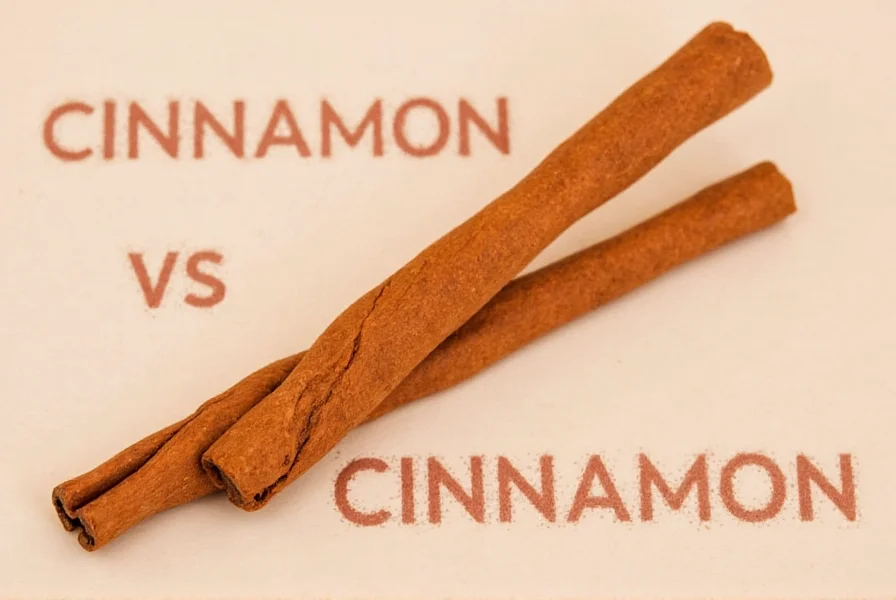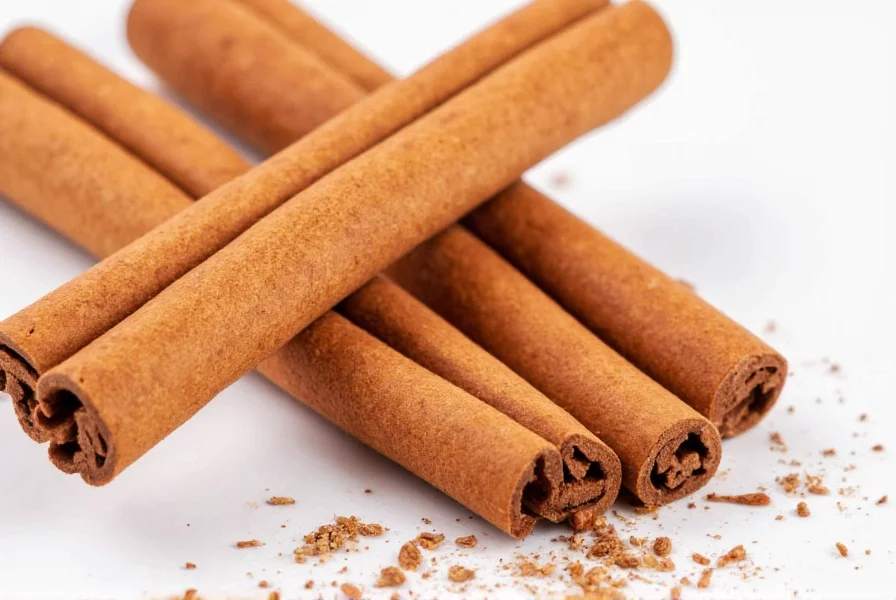Many people searching for information about cinnamon finnamon are actually looking for details about the popular spice but have encountered a common misspelling. The term 'finnamon' doesn't exist as a separate spice—it's simply a frequent typographical error for 'cinnamon.' This confusion often stems from how the word sounds when spoken aloud, particularly in certain accents or when people have only heard the term but never seen it written.
Understanding Cinnamon: Beyond the Misspelling
Cinnamon is a beloved spice derived from the inner bark of trees belonging to the Cinnamomum genus. When people search for cinnamon finnamon spelling, they're typically trying to confirm whether 'finnamon' is a legitimate variation or a different spice altogether. The reality is straightforward: 'finnamon' is merely a misspelling that has gained traction online due to phonetic similarities.
The Two Main Types of Cinnamon
When exploring what is cinnamon finnamon really, it's crucial to understand there are two primary varieties that often cause confusion:
| Type | Also Known As | Characteristics | Availability |
|---|---|---|---|
| Ceylon Cinnamon | "True" Cinnamon | Lighter color, delicate flavor, multiple thin layers | Specialty stores, health food markets |
| Cassia Cinnamon | Chinese Cinnamon | Dark reddish-brown, stronger flavor, single thick layer | Most supermarkets (labeled simply as "cinnamon") |
Why the Confusion Between Cinnamon Types Leads to Misspellings
The cinnamon finnamon difference misconception often connects to the confusion between Ceylon and Cassia varieties. Some people mistakenly believe 'finnamon' refers to a specific type of cinnamon, possibly influenced by:
- The Finnish word for cinnamon (kinnaali), which sounds somewhat similar
- Mishearing "cinnamon" as "finnamon" in certain accents
- Online autocorrect errors that propagate the misspelling

Culinary Applications and Flavor Profiles
Understanding the real cinnamon finnamon distinction matters for cooking. Ceylon cinnamon offers a more delicate, citrusy flavor ideal for:
- Desserts requiring subtle spice notes
- Traditional Mexican and Middle Eastern dishes
- Beverages like chai where delicate flavors shine
Cassia cinnamon's stronger, more pungent flavor works better for:
- Baked goods like cinnamon rolls
- Spice blends requiring bold flavor
- Commercial food production
Health Considerations: Why Type Matters
When researching cinnamon finnamon health benefits, the type of cinnamon becomes critically important. Cassia cinnamon contains significantly higher levels of coumarin—a compound that can cause liver damage in large quantities. Ceylon cinnamon contains only trace amounts, making it the safer choice for regular consumption.
The European Food Safety Authority recommends limiting coumarin intake to 0.1 mg per kg of body weight daily. Just one teaspoon of Cassia cinnamon can exceed this limit for many adults, while you'd need to consume over 20 teaspoons of Ceylon cinnamon to reach the same coumarin level.
Identifying Quality Cinnamon Products
When shopping for cinnamon and encountering the cinnamon finnamon spelling error online, use these tips to ensure you're getting quality product:
- Check labels for "Ceylon" or "Cinnamomum verum" for true cinnamon
- Look for lighter color and multiple thin layers in quills
- Smell for a sweeter, more delicate aroma (Ceylon) versus stronger scent (Cassia)
- Purchase from reputable spice merchants who specify the variety

Common Misconceptions About Cinnamon Spelling
The cinnamon finnamon myth persists due to several factors:
- Phonetic confusion: The "ci" in cinnamon sounds like "fi" in some accents
- Autocorrect errors: Early digital keyboards often suggested "finnamon"
- Marketing tactics: Some sellers use "finnamon" to appear unique
- Linguistic variations: Similar words exist in other languages
Regardless of spelling variations, authentic cinnamon always comes from Cinnamomum trees. No legitimate spice supplier recognizes 'finnamon' as a distinct product—it's always a misspelling of cinnamon.
Practical Tips for Cinnamon Use
Whether you're searching for cinnamon finnamon uses or proper cinnamon applications, consider these evidence-based recommendations:
- For daily consumption, choose Ceylon cinnamon to minimize coumarin exposure
- Store cinnamon in airtight containers away from light and heat
- Grind whole cinnamon sticks just before use for maximum flavor
- Pair Ceylon cinnamon with delicate flavors like vanilla and citrus
- Use Cassia cinnamon in recipes requiring bold spice presence
Conclusion
The cinnamon finnamon spelling confusion represents a common linguistic error rather than a genuine distinction between spice varieties. Understanding the reality behind this misspelling helps consumers make informed choices about which type of cinnamon to purchase and use. Whether you're exploring cinnamon finnamon health facts or culinary applications, focusing on the difference between Ceylon and Cassia varieties provides far more valuable information than addressing the misspelling itself. By selecting the appropriate cinnamon type for your needs and using it properly, you can enjoy this ancient spice's flavor and potential benefits safely and effectively.











 浙公网安备
33010002000092号
浙公网安备
33010002000092号 浙B2-20120091-4
浙B2-20120091-4